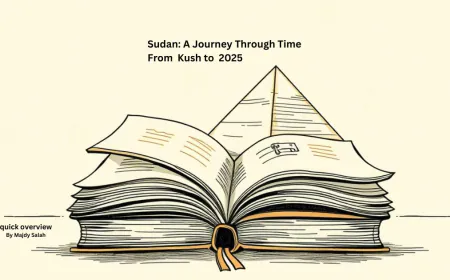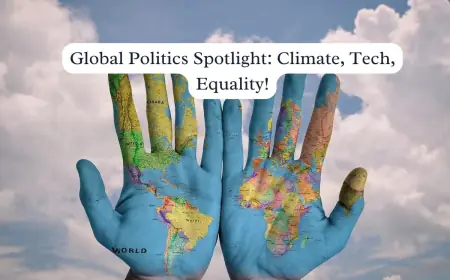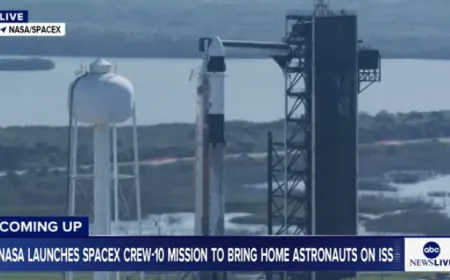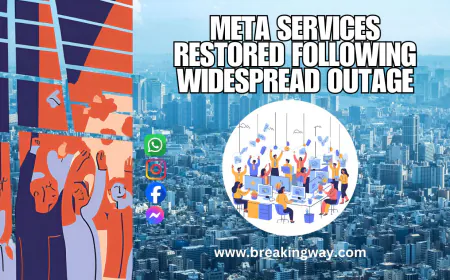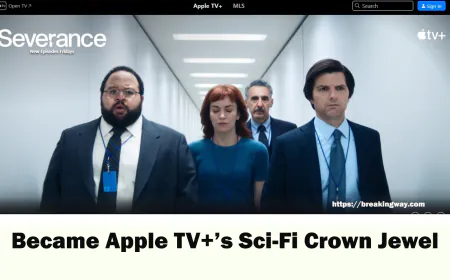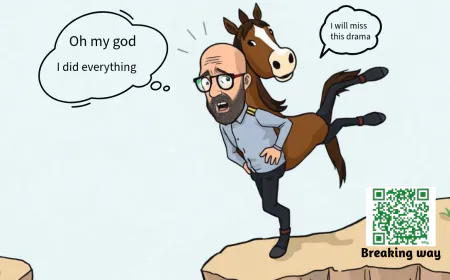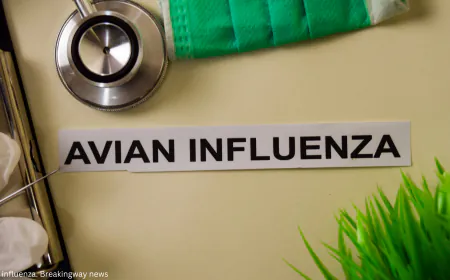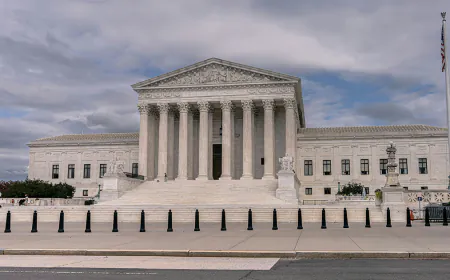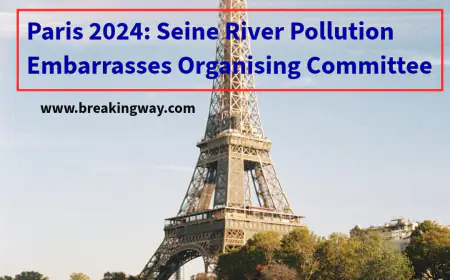Top AI Trends in 2025: The Future of Intelligent Technology
AI transforms healthcare, business, and cybersecurity in 2025. ChatGPT's evolution, ethical impacts, and job trends. BreakingWay's forecast.
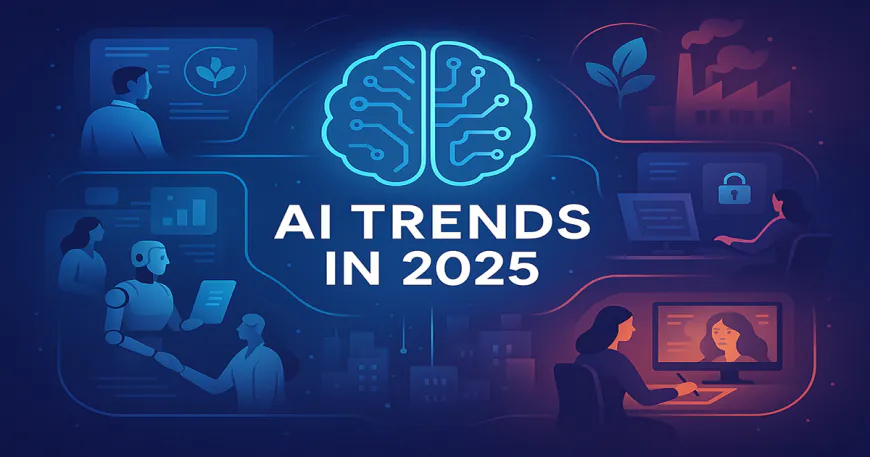
The AI Inflexion Point
We stand at a pivotal moment in artificial intelligence development. As 2025 approaches, AI systems are transitioning from specialised tools to fundamental infrastructure, reshaping every sector. This comprehensive analysis examines six critical AI trends that will define the coming year, based on current technological trajectories and expert consensus.
Understanding these developments isn't optional for technology professionals, business leaders, and policymakers—it's essential for informed decision-making in an increasingly AI-driven world. The trends we'll explore include:
-
Diagnostic AI revolutionising healthcare
-
The urgent need for ethical frameworks
-
Workforce transformation through automation
-
Climate solutions powered by machine learning
-
Generative AI's creative disruption
-
The cybersecurity arms race
Each trend represents both extraordinary potential and significant challenges that demand our attention.
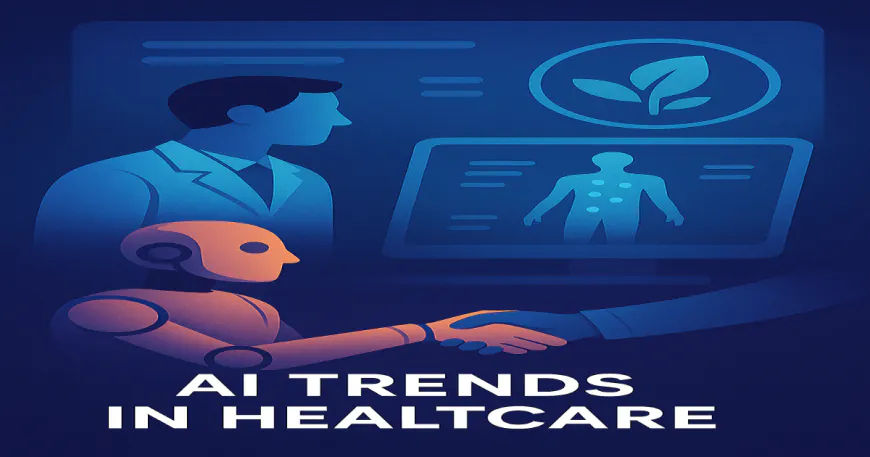
“Illustration of AI in healthcare showing predictive monitoring dashboards, AI-driven CT scan analysis, and molecular drug simulation, highlighting 2025 diagnostic advancements.”
1. Healthcare AI: The Diagnostic Revolution
Three key AI applications are transforming modern healthcare systems:
Clinical Advancements
-
Medical imaging analysis now exceeds human radiologist accuracy for specific conditions (NEJM, 2024)
-
Predictive patient monitoring identifies sepsis risk 12+ hours earlier than traditional methods
-
Drug discovery acceleration through molecular simulation AI
Case Study: Stanford's AI model detects pancreatic cancer from routine CT scans 18 months before standard diagnosis.
For more on technological impacts, see how technology affects cultural preservation.
2. Ethical AI: From Theory to Implementation
"The EU's AI Act sets binding requirements for high-risk AI systems, including transparency and human oversight."
Operational Challenges
-
Algorithmic bias detection in financial services and hiring
-
Explainability requirements for high-stakes decisions
-
Global regulatory divergence between EU, US, and Asian approaches
Industry Response: Microsoft's Responsible AI Standard now mandates impact assessments for all new AI systems.
3. Workforce Evolution: The Human-AI Partnership
"The EU's AI Act sets binding requirements for high-risk AI systems, including transparency and human oversight."
Employment Shifts (McKinsey, 2024)
-
40% of core skills will change across most occupations
-
AI augmentation creates hybrid human-machine roles
-
Reskilling demand grows 300% from 2023 levels
Strategic Insight: The most valuable employees will be those who can effectively collaborate with AI systems.
4. Climate AI: Intelligence for Sustainability
AI is becoming critical for environmental solutions:
Key Applications
-
Precision agriculture reducing water usage by 30%
-
Energy grid optimization increasing renewable integration
-
Carbon capture system efficiency improvements
Learn about environmental efforts in forest conservation initiatives.
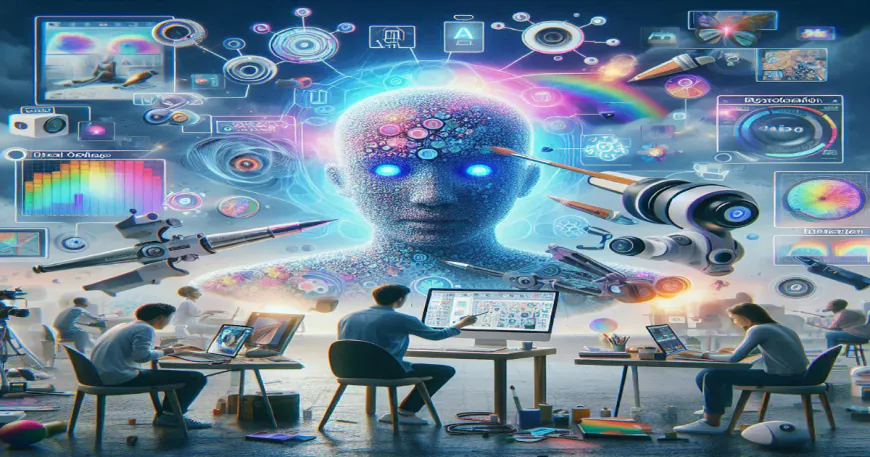
“Creative scene depicting generative AI in 2025 with digital artists using AI tools, educational platforms integrating ChatGPT, and content verification software analyzing deepfakes.”
5. Generative AI: The Creativity Paradox
The generative AI explosion presents unique challenges:
Sector Impacts
-
Content verification systems for detecting AI-generated media
-
Intellectual property frameworks for AI-assisted creation
-
Educational adaptation to ChatGPT-era learning
Market Shift: 72% of marketing departments now use generative tools (Gartner, 2024).
6. Cybersecurity: AI vs. AI
The security landscape has become an AI battleground:
Defensive Innovations
-
Behavioral anomaly detection at network scale
-
Automated patch management systems
-
Adversarial AI training for robust models
Enterprise Impact: AI security tools reduce mean detection time from 200 to 15 days (IBM, 2024).
Critical Questions Answered
Q: Will AI cause mass unemployment?
A: Current research suggests job transformation rather than elimination, with 2.3 new roles created for every 1 displaced (WEF).
Q: How can businesses prepare for AI regulation?
A: Implement internal auditing processes and maintain detailed model documentation.
Q: What's the most underrated AI risk?
A: Supply chain vulnerabilities in AI hardware production.
Conclusion: The Responsible AI Imperative
As these 2025 trends demonstrate, artificial intelligence has reached a maturity where its impacts are both profound and irreversible. The coming year will demand:
-
Technical sophistication paired with ethical consideration
-
Policy frameworks that encourage innovation while protecting rights
-
Organizational agility to adapt to rapid changes
The organizations that thrive will be those that view AI not just as a tool, but as a transformative force requiring strategic engagement. For leaders across sectors, the time for passive observation has passed—thoughtful action will determine who benefits from this technological revolution.
For additional insights on digital transformation, explore the future of online business.
What's Your Reaction?









